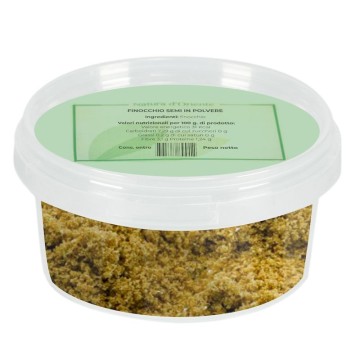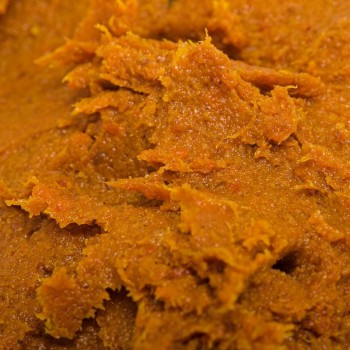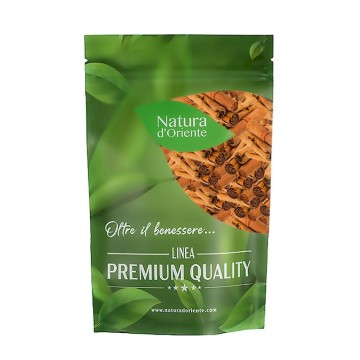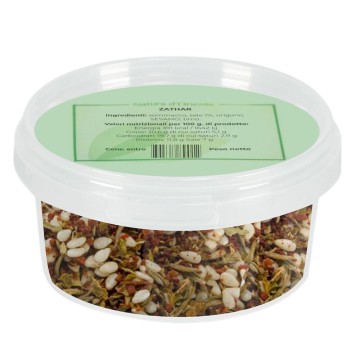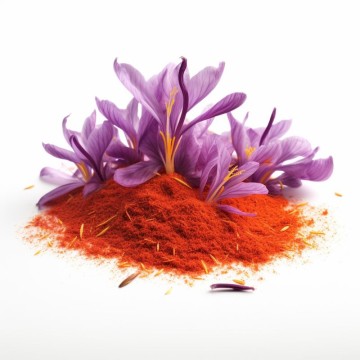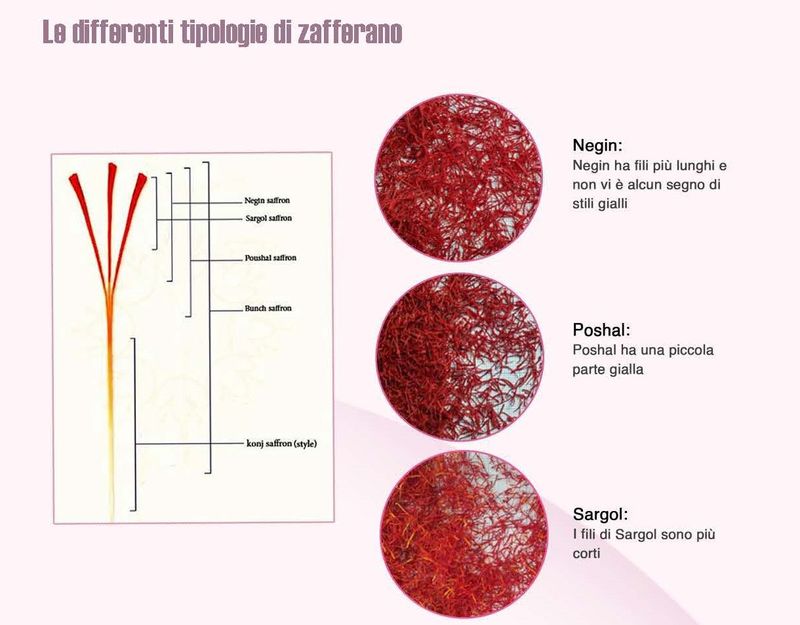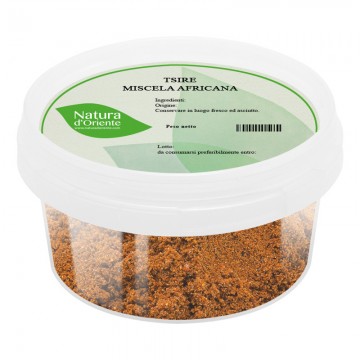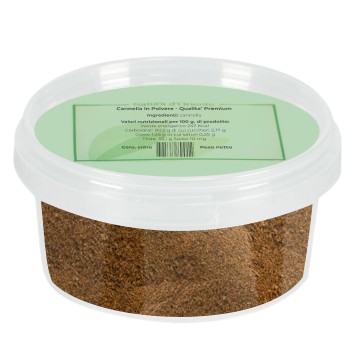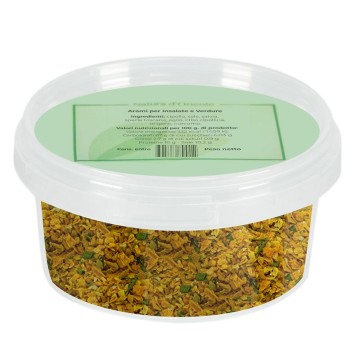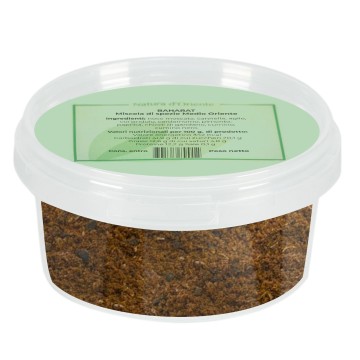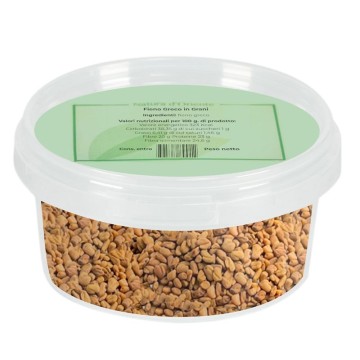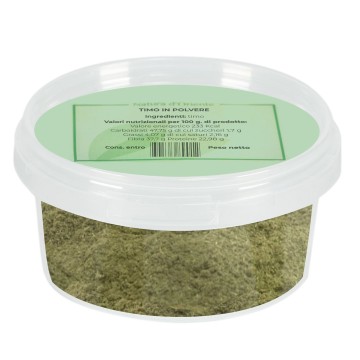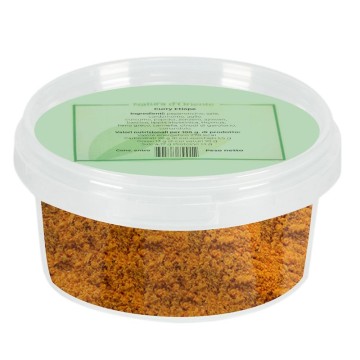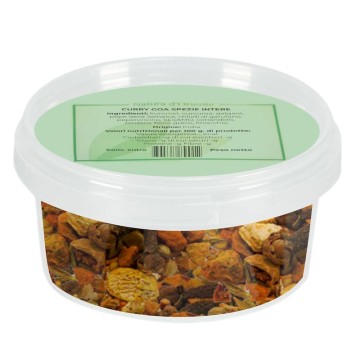This type of seasoning, in fact, derives from a process that raw garlic undergoes at high temperature and humidity, fermented in a controlled manner for a few weeks. Its cloves become dark and deep in colour, with a soft texture and a modified flavour.
The taste profile of black garlic in cooking is delicate and balsamic, less harsh than the classic white garlic - this is due to the lower content of allicin. From an aroma point of view, this type of fermented garlic retains a scent similar to the white one but with hints of liquorice it allows recipes with a less intense and more versatile flavour.
Fermented Black Garlic: properties and benefits
Its healthy qualities are concentrated and increased thanks to the fermentation to which it is subjected. The properties of white garlic are enhanced in some cases. From the antioxidant point of view, black garlic is composed of a greater number of antioxidant components such as polyphenols, phenolic acids and flavonoids; as well as a substance called melanoidin with antioxidant properties and responsible for the dark color. This happens because allicin is converted into antioxidant compounds such as alkaloids and flavonoids during fermentation. These compounds are important as they counteract cellular aging and protect the body's cells.
The processing of fermented garlic also provides various mineral salts such as magnesium, calcium, selenium, with an almost double dose of phosphorus; and a concentration of proteins and amino acids. Compared to the properties of garlic on the metabolism of triglycerides and cholesterol, the black one also seems to help reduce lipids (fats in the blood) and cholesterol. Factors that help the well-being and regular functionality of the cardiovascular system. Thanks to the fermentation process, this condiment also promotes digestive function. It is considered a more digestible garlic, with properties that counteract irritation in a natural way. Furthermore, it is considered useful in the kitchen to avoid the aroma of classic garlic which gives a particular smell after meals. It can only cause problems for those who are already allergic to raw garlic, while caution is advised if you are taking anticoagulant drugs.
Origins and history of cultivation
The history of black garlic seems recent, although some researchers claim that it is actually a tradition in some eastern territories (Korea, Thailand and Japan). From the official version, this fermented garlic derives from the proposal of a Korean researcher in 2004 (Scott Kim) to subject fresh garlic to controlled fermentation.
The heads of garlic (Allium sativum) undergo a process in which it is necessary to modulate the temperature (60-90°C) and humidity (80-90%) to obtain a particular taste; and greater bioactivity of its compounds, due to the physicochemical modifications of the Maillard reaction. The processing takes place in two phases. Usually, the bulbs are subjected to fermentation for about a month and then, at a later time, undergo another oxidation (drying) process. It is at this time that the bulbs acquire their black color and soft texture. Black garlic has enjoyed widespread popularity worldwide in recent years, even if it remains a delicious and niche product. It is used by chefs and restaurants for particular recipes, taking into account its organoleptic qualities. From a health point of view, the historical tradition that considered white garlic a natural antibacterial (thanks to allicin) changes, favoring its antioxidant and concentrated nutritional qualities.
How do you use whole black garlic in cooking?
We mentioned the more delicate and sweeter flavor than that of raw white garlic, and for this reason the seasoning with this spice will be less pungent. Its use is similar, and you can add black garlic to sautés, to season soups and vegetables, blended in sauces or gravies, considering the less pungent and sweeter taste. Its softer consistency (almost gelatinous) pairs well with some dishes: it can easily be added to pesto, hummus, vinaigrette. As an ingredient to mix with olive oil or to spread on bruschetta. Perfect for flavoring white meat and fish, it is used for caramelized notes even in sweet recipes with black garlic and chocolate, desserts and ice creams.
Black Garlic Chicken
Ingredients: 1 whole cut chicken - ½ cup unsalted butter - 3 cloves of black garlic crushed and chopped – 3 cloves of white garlic crushand chopped - ½ teaspoon of ground black pepper - 2 tablespoons of light soy sauce - 1 tablespoon of sesame oil - 1 tablespoon of honey - 2 chopped shallots for garnish - salt to taste - extra virgin olive oil to taste
Preparation Preheat the oven to 190°C. Place the chicken in a large saucepan. Season with salt and pepper, tossing to coat the chicken evenly. Set it aside. Whisk extra virgin olive oil, white and black garlic, soy sauce, sesame oil, honey in a bowl. Pour the mix over the chicken and shake the saucepan to mix the seasoning. Place in the preheated oven for 20 minutes. Raise the heat to 220°C to cook, and wait for about 10 minutes - until the chicken is browned in places (be careful not to burn it). Turn it over and cook until the other side is golden, for about another 10 minutes. Reduce heat to 350°F (190°C) and cook until chicken is cooked through, about 20 minutes longer. Now you will have to remove the chicken and place it on the plate for seasoning. Degrease it and add a few pinches of salt or sauce if you deem it necessary. Garnish with chopped shallots and serve the black garlic chicken hot.

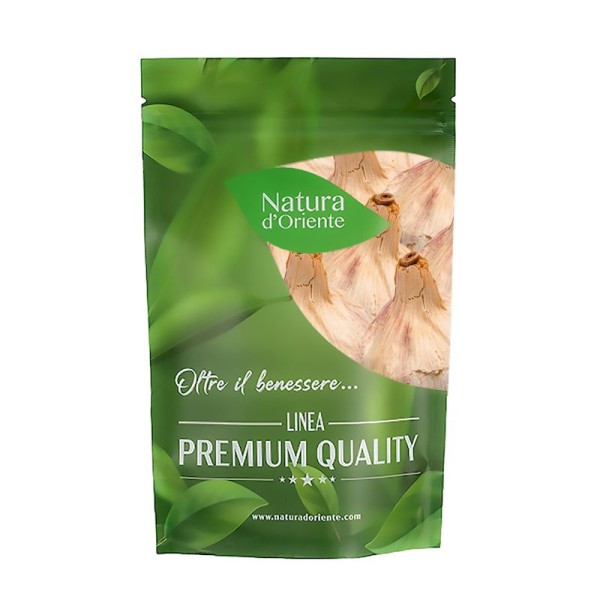











 No reward points for this product.
No reward points for this product.
